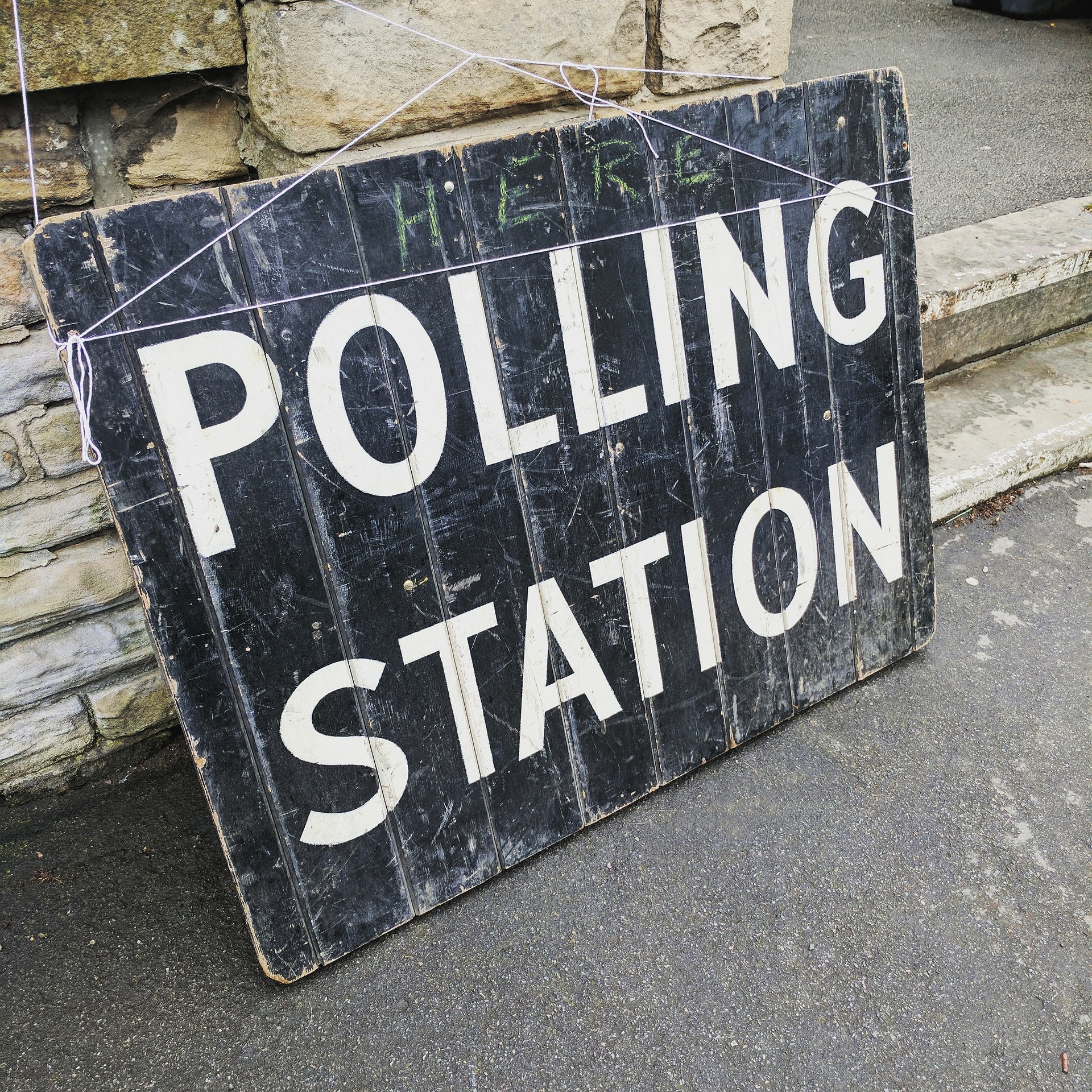Introduction
The Conservative Party, traditionally known for its discipline and unity, has in recent years faced internal turbulence. This is epitomized by the growing tensions between the parliamentary party and its grassroots members. Central to this internal conflict is the 1922 Committee, a powerful body within the party that significantly influences leadership decisions. Recent discussions among party grandees have highlighted their desire to regain control from the increasingly right-wing membership base. This reflects broader concerns about the party’s direction and stability.
The Role of the 1922 Committee
The 1922 Committee, historically a backbench committee of the Conservative Party, significantly influences party dynamics, especially during leadership crises. It holds the power to trigger votes of no confidence (VONC) in the party leader, a process that has often led to leadership changes. However, the efficacy and impact of the current VONC process have been questioned. Some suggest it may contribute more to instability than resolution.
Members’ Vote and Party Democracy
The concept of party democracy within the Conservative Party has been contentious. William Hague, who introduced the members’ vote in 1998, recently advocated for returning leadership selection to MPs. He argues it would contribute to a healthier democracy. He points out that while activists might resist losing their vote, the overall success and democratic health of the party should take precedence.
John Strafford, a proponent of Conservative Party democracy, provides historical context. He argues the members’ vote was a compromise. This vote offset the reduction of other democratic elements within the party. Members were granted a say in leadership elections, but other demands for democratic reforms, such as electing the Party Chairman, were sidelined. This compromise has led to a perceived imbalance between the grassroots and the central party apparatus.
Grassroots Influence and Right-Wing Tendencies
Surveys show that most Conservative Party members favour keeping their vote in leadership elections. This reflects their desire for greater influence in party decisions. The grassroots faction leans more right-wing than the parliamentary party. They advocate traditional conservative values and policies, sometimes conflicting with leadership’s strategy.
The recent chairmanship of Bob Blackman in the 1922 Committee brings new discussions about the rules governing leadership elections. It is recognized that the current process, with its low VONC threshold, fosters instability and factionalism within the party. Suggestions for reform include raising the threshold for triggering a vote. This might involve requiring substantial backing from MPs or cabinet members for a leadership challenge.
Party Unity and Stability
The Conservative Party’s internal dynamics reveal a complex interplay between the desire for democratic participation by its members and the need for a stable and unified leadership. Frequent leadership contests and easily triggered votes of no confidence have eroded party unity. This creates a perception of constant internal strife. Reforming the 1922 Committee’s rules and re-evaluating the role of grassroots members in leadership elections could be steps toward restoring stability.
Conclusion
The Conservative Party’s ongoing struggles with internal democracy and leadership stability underscore the challenges of balancing grassroots influence with effective governance. The ideological divergence between the more right-wing membership and the parliamentary party exacerbates these issues. As the party looks to the future, decisions by the 1922 Committee and broader leadership will be crucial. These decisions will shape its direction and unity. Reforming the leadership election process and addressing the party’s power dynamics could help navigate these turbulent times. These changes could restore a sense of purpose and coherence to the Conservative Party.
















Leave a Reply